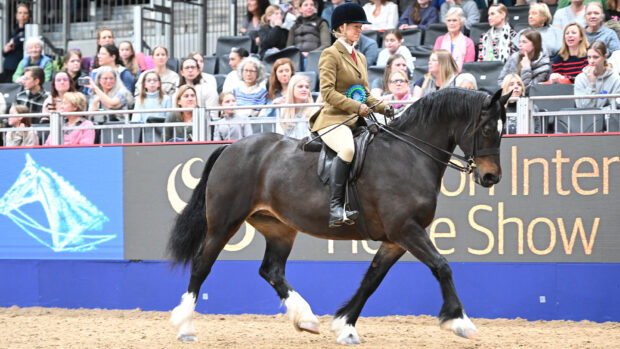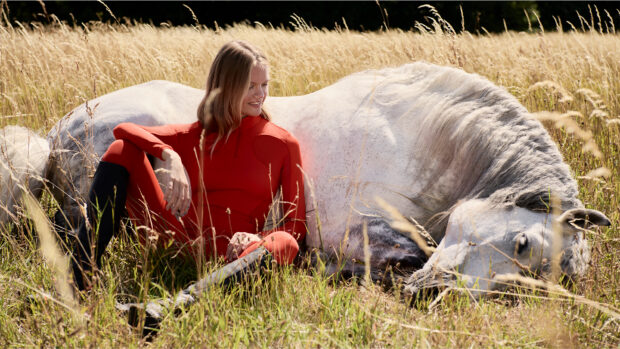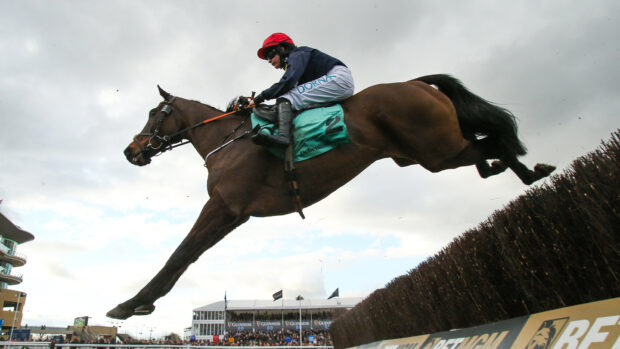Playing fetch and other enrichment games with your dog is good for building the bond between you, so knowing how to teach a dog to fetch is definitely advantageous. This is true whether you’re looking to have a bit of fun with your dog or training a gundog to retrieve in the field.
Do all dogs fetch?
Many people assume that most dogs enjoy playing fetch or chasing a ball. I’d like to wager that there are probably around 40% of dogs that don’t enjoy it. Some may have enjoyed it in the past and then lost interest, either because they are not being rewarded enough or they find mooching about and sniffing more entertaining. Some of the reasons can be breed dependant and, in the same way that there are some sports we enjoy and others we don’t, dogs will have preferences too. Health can be a factor – for example, I knew a young German Shepherd that loved fetch, but he started showing signs of disinterest, which was due to underlying hip dysplasia.
How to teach a dog to fetch/retrieve
When teaching a dog to retrieve, you need to be patient and persistent. There are a number of easy steps that, over time, will work well. Bear in mind that dogs will progress at their own speed, so try to avoid becoming frustrated if it’s not the pace that you want it to be or you’ll likely fail before you get anywhere.
Set up regular practice sessions so your dog can gradually build on what he’s learning. Like when you’re training your dog to recall, you may also want to begin their training indoors or in your garden, where there are fewer distractions, before moving outside.
1. Introduce the fetch toy
Show your dog the ball or toy that you’re going use. Let them have a good sniff with their nose, and then put it close to you on the floor or ground. When you dog moves in to have another look, use the “yes” command (or clicker if you wish) and give them praise and a high value treat. If they express more interest and keep sniffing or pawing at the toy or ball, continue to affirm (say “yes”) while giving praise and treats. Your dog will quickly get the message that they’re doing something that pleases you.
2. Move the toy around
Take things up a level next by moving the ball or toy around so that they have to try a little harder to reach it. Even play with it yourself and encourage them to engage with you. Put the toy fairly close to you or hold it out towards them, then encourage your dog when they touch it again with their nose, paw or especially if they attempt to pick it up. Every time they respond, say “yes” (or use clicker), praise and give them a treat. Keep this up until your dog gets it.
3. Place the toy on the ground
The next step is to encourage your dog to mouth the ball or toy and actually pick it up in their mouth. It can help to rub a sausage over it or put a bit of peanut butter on it. Here, you want to reward your dog for each action that is close to what you want to see. For instance, as soon as they begin to bite or mouth the ball or toy, reward them with a “yes”, praise and a treat. When they eventually pick the toy up, show your excitement and pleasure with lots of “yes” affirmations, and by heaping on the praise and offering more treats.
4. Toss the toy
Once they’ve understood that picking up the toy or ball in their mouth is a good thing, your dog is ready to move on to the next step. Throw the toy a short distance away, just out of your reach, encourage them to get it and say “fetch”. When your dog runs after it and brings it back, click or say “yes”, praise, and treat. Continue to do this until their response time is reduced.
Although they only have to travel a short distance, you’re then adding a second command that they drop the toy. This may take some time to learn, so be patient. Make sure to “yes”/click, praise and treat continuously while they’re learning. To help them learn to drop, it is best to use another toy to swap with so that they start to learn that they’re not going to have it taken away for good. Personally, I do not like to use food as a reward for a drop or give command as this is bribing and they very soon become smart to it.
5. Increase the distance
This is where the real work begins – teaching dogs to come back with the toy from further away. Using the same approach, proceed to throw the toy about ten or more feet away. If you’re teaching your dog to fetch in the house you could try throwing the toy in the opposite direction or into the next room. Carry on tossing the toy a little farther away each time. Make sure to say “fetch” immediately, say “yes” or use a clicker and give praise and treats each time your dog runs after it and comes back to you with what you’ve thrown.
Remember you must then ask for the drop or the give command by swapping one for another toy. If your dog is getting a little tired of this game, they may not be as quick to drop the ball or let go of the toy after they bring it back. Dogs like a game of tug of war, too! Make sure that your dog drops the toy right beside you before you reward them.
6. Repeat
Practice makes perfect but be mindful that you do not play this for too long. Dogs can get tired and bored easily. It’s worth noting that young puppies and large dog breeds should not be doing this for any length of time due to the damage you can do to their joints. Stopping suddenly, twisting and turning puts a lot of unnecessary strain on the growth plates that haven’t closed and the joints that do not yet meet, which can cause problems in their later life. For a young dog, do no more than five minutes at a time and increase the time, distance and duration once the dog is older and fully grown. Throwing something for your dog to retrieve for 30 minutes is the equivalent of an hour’s walk.
What toys are best for teaching a dog to retrieve?
Some dogs might have specific preferences as to the types of items they enjoy picking up and retrieving, including the texture, shape or even weight of an item. If that’s the case, try mixing it up with other types of items, such as balls, stuffed toys, frisbees or dumbbells. Dogs that work to the gun use dummies and stuffed toy birds with real feathers on them.

Chuckit! Ultra Fetch Stick | Amazon.co.uk
This stick is a safe way to play fetch with your dog – and there’s a glow-in-the-dark version.

Extra Select Gun Dog Training Dummy | Amazon.co.uk
Choose from a selection of sizes and weights to suit your dog’s size and age. All are fitted with a throwing toggle making the dummy easy to throw over distance.

Coachi Training Dumbbell | Amazon.co.uk
Available in three sizes, this dumbbell is great for all types of puppy training and retrieval training, including gun dog training. It also floats for water play.

Gorilla Tuff Floating Training Dummy | Amazon.co.uk
Designed for interactive fun, this dummy floats in water and can be used for tugging games, too.

Dog & Field Rabbit Fake Fur Dummy Ball | Amazon.co.uk
This fake fur ball has a realistic feel and look, making it a great training aid for gundog training.
Thinking outside the box
I once did a week away with the British Institute of Professional Dog Trainers and I took my first mastiff, Boycie, who was completely disinterested in toys or retrieving anything. At the end of the week, we were all tested to gain our qualifications and we all had to stooge for each other as if in a class scenario. My partner, Mel, was told by the examiner to demonstrating teaching retrieve to my mastiff.
At this point, Boycie is rolling on his back making a show of me, but Mel had a wonderful idea. She grabbed a soft cloth pencil case, stuffed it full of sausages and then rubbed a sausage all over the outside. Not only did Boycie pick it up, but he also brought it back to her and received a sausage from inside the case. I don’t know who was more shocked – me, Boycie, Mel or the judge.
This is a good lesson in thinking outside the box and using different items and rewards to teach a dog to do something he’s perhaps not interested in. Practise once a week to keep the interest and to then start adding different toys and textures. Sometimes adding another dog who loves retrieving into the equation can help, too, as dogs like to follow and it’s a bit of competition. I suggest throwing four of the same thing so there is no falling out over one object.
You might also like:

How to master recall

How to teach a dog to sit

How to teach a dog to roll over

How to teach your dog ‘Paw’

How to teach your dog to lie down and settle with help from an expert

How to master loose lead walking

Subscribe to Horse & Hound magazine today – and enjoy unlimited website access all year round
Horse & Hound magazine, out every Thursday, is packed with all the latest news and reports, as well as interviews, specials, nostalgia, vet and training advice. Find how you can enjoy the magazine delivered to your door every week, plus options to upgrade your subscription to access our online service that brings you breaking news and reports as well as other benefits.




